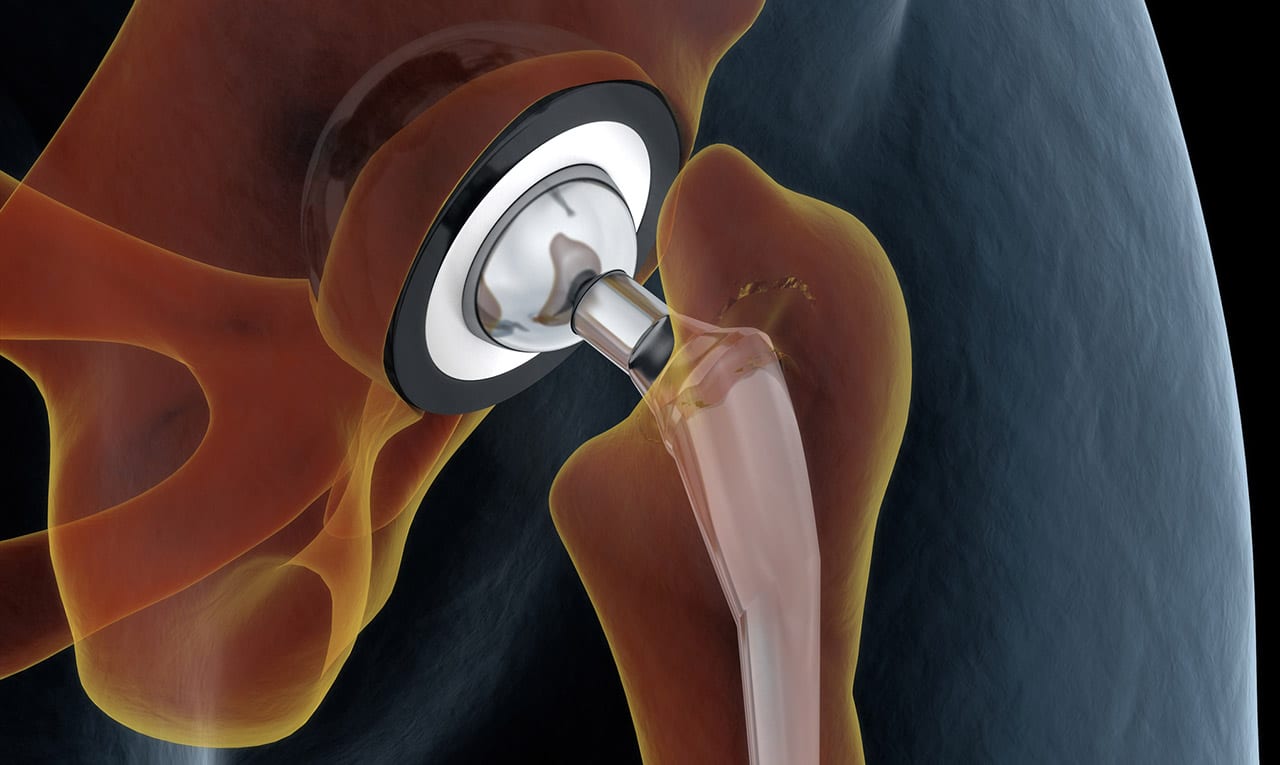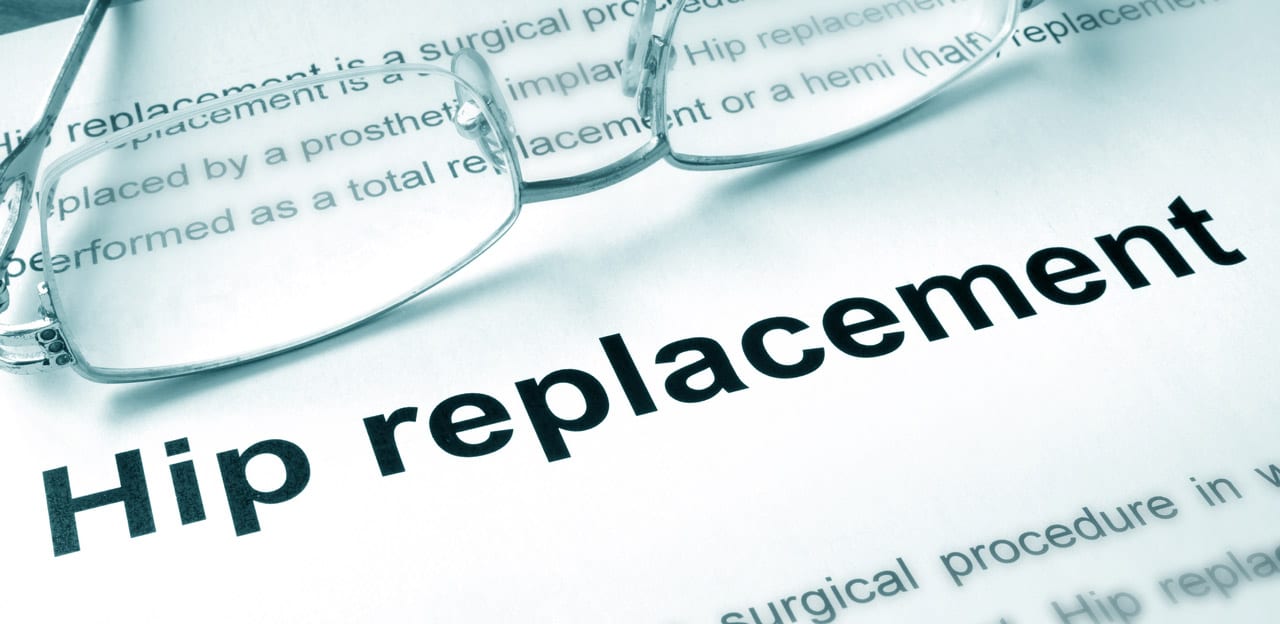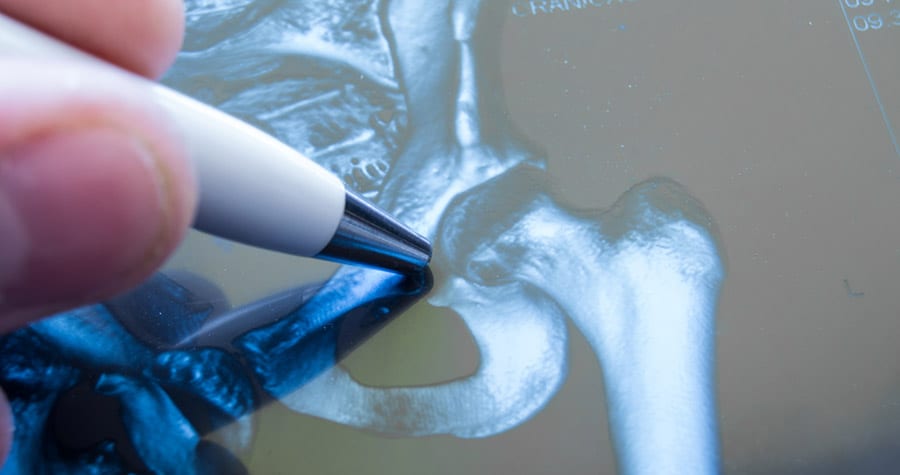
What Does The Total Hip Replacement Recovery Process Look Like?
A total hip replacement is a significant surgery that requires extensive planning and preparation to facilitate a smooth and successful recovery. Here is what you need to know about the total hip replacement recovery process.
The Day Of Surgery
You might be surprised to hear that patients can start walking the day of surgery and can actually go home, too, without spending the night at the hospital. Most patients don’t need bed rest and are actually better off moving their new joints to help prevent stiffness.
Patients with a preexisting condition or those who have had a complex surgery may benefit from beginning their recovery in an inpatient rehabilitation unit.
Frequently Asked Questions
Learn more about the recovery process by reading through the following list of frequently asked questions.
- Will I need to use a walker?

Your care team, which includes your surgeon, primary physician and therapist, will evaluate your condition to determine if you need an assistive device. You may benefit from a cane or a walker if you feel unbalanced while walking, but it is generally not recommended to keep weight off of the operated hip.
2. How soon will my hip incision heal?
On average, it takes about six weeks for the incision to heal. You can shower, but should avoid bathing and swimming until the wound has healed completely to reduce the risk of infection.
3. When will I begin rehabilitation therapy?
You will begin physical therapy before surgery and will continue therapy a few days after the surgery has been completed. You will visit a physical therapist two to three times a week and will also need to do home exercises, as well.

The physical therapist will begin by asking you to make regular movements and practice daily activities, such as getting out of bed or sitting down onto a chair. The exercises will gradually become more advanced, such as climbing stairs and getting in and out of the car. A major component of rehabilitation is strengthening the hip muscles and knee muscles.
4. What kind of pain should I expect after surgery?
It is normal to experience some swelling and initial pain at the joint. You can reduce pain and swelling by:
- Taking rest breaks between therapy sessions
- Icing the leg and incision site
- Taking anti-inflammatory medications
- Keeping the leg elevated above the heart
Pain that is consistently at a six or higher, on a 1-10 scale, could be an indicator of an infection or another complication. It’s important to discuss abnormally high pain levels with your doctor.
5. How long is the recovery process?
The average recovery time for a hip replacement is two to four weeks. However, the exact length of recovery depends on multiple factors, including:
- Activity level before surgery
- Age
- Nutrition
- Pre-existing conditions
- Other health and lifestyle factors
You are more likely to have a quick recovery if you were in good health before surgery.
6. When can I expect to resume normal daily activities?
You may need to wait up to one month before you can drive safely again. If you work a desk job, you can return to work in about two weeks. But if your job requires heavy lifting, then you will need to take six weeks off to recover.
You can play sports that require minimal activity, like golf, as soon as you feel comfortable. However, you should wait about six weeks before returning to high impact contact sports.







